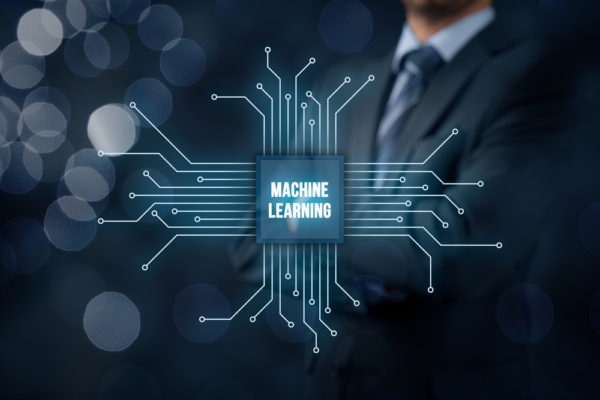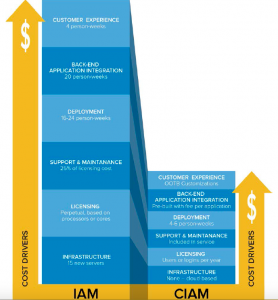— July 16, 2018

Machine learning
As technologies like artificial intelligence and machine learning become more widely available and ubiquitous, they are having a real effect on payment processes. In less than two decades, the public has both become more aware and more comfortable with using technologies like machine learning and AI in their day-to-day life. There has also been a meaningful increase in investment and adoption of machine learning and AI by companies. On top of that, computer processing technology has made huge leaps and bounds within the last decade. Companies, institutions, and governments now gather massive amounts of data as more consumer interactions and transactions go digital. In short, high-performance computing is becoming increasingly affordable and accessible, so it’s no surprise that this type of technology is already transforming the payments landscape.
Fraud Prevention
With new payment methods like card-not-present (CNP) transactions come new opportunities for fraud (CNP fraud is on the rise). Artificial intelligence and machine learning are at the forefront of not just detecting fraud, but preventing it before it happens. These technologies can already uncover patterns and drive hidden insights, but the technology is moving towards refining these insights further. Instead of relying on supervised learning with input, advances are allowing companies to move past this more static model to unsupervised learning. An unsupervised, deep learning based, neural network doesn’t need a labeled training set: it will continuously update the model as new pattern emerges, allowing for a more robust, flexible, and updated fraud prevention detection tool — as long as there’s access to abundant data. Luckily, the available data has continued to grow as more commerce and payments move online. This more sophisticated algorithm uses machine learning to decreases false positives and more agile detection of actual fraud.
Improving Efficiency
Both machine learning and AI have the potential to revolutionize the way payments are processed, by improving operational efficiency and reducing cost. In fact, it’s already happening: AI is already being implemented with chatbots to lighten the load for customer service representatives, for example. And machine learning is already firmly in the payments scene too, with learning algorithms playing important roles in helping speed along authorization of transactions and monitoring.
AI can help reduce processing times for payments. It also can eliminate human error, saving precious time spent correcting those mistakes. Imagine a business that needs to process large amounts of data to generate financial reports and satisfy regulatory and compliance requirements; this process would typically involve a team of people performing repetitive data processing tasks. With AI, these tasks can be taught and left to machines that can accomplish these tasks faster and more accurately than human workers. These technologies can improve efficiency, while simultaneously gathering important user insights. And of course, these benefits also mean reduced operating cost in these sectors.
Machine learning is already an invaluable part of fraud detection, but the possibilities for including it in product sales, customer care, and retention are promising. Machine learning can draw on vast amounts of available data to profile customers and guess their product needs, offering new opportunities for upselling. This technology can also identify customers that companies are at risk for losing before it happens. Instead of playing catch-up when churn rates rise, companies can halt customer loss before it happens. Finally, machine learning can help automate many customer service interactions. This technology, using deep insights, cognitive engines, and natural language processing is already widely available. Usage will only grow with time.
New Opportunities
The implications for humans workers are interesting too. McKinsey Global Institute estimates that by 2030 47 percent of the US workforce will be automated. Replacing jobs involving repetitive and laborious tasks gives employees the chance to re-skill or up-skill — taking on more engaging roles. Forbes research actually indicates that, by 2034, AI could boost labour productivity by up to 40 per cent.
Conclusions
It’s clear that machine learning and AI have come a long way in the past decade. This technology has been adopted by many sectors, transforming many aspects of traditional processes, and the payments landscape is no different. Though many exciting new technologies have been adopted by companies to improve the payments process and customer experience already, the possibilities for future implementation are nearly endless.
Digital & Social Articles on Business 2 Community
(121)
Report Post






